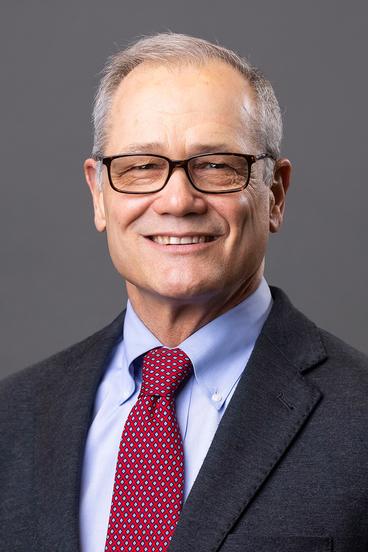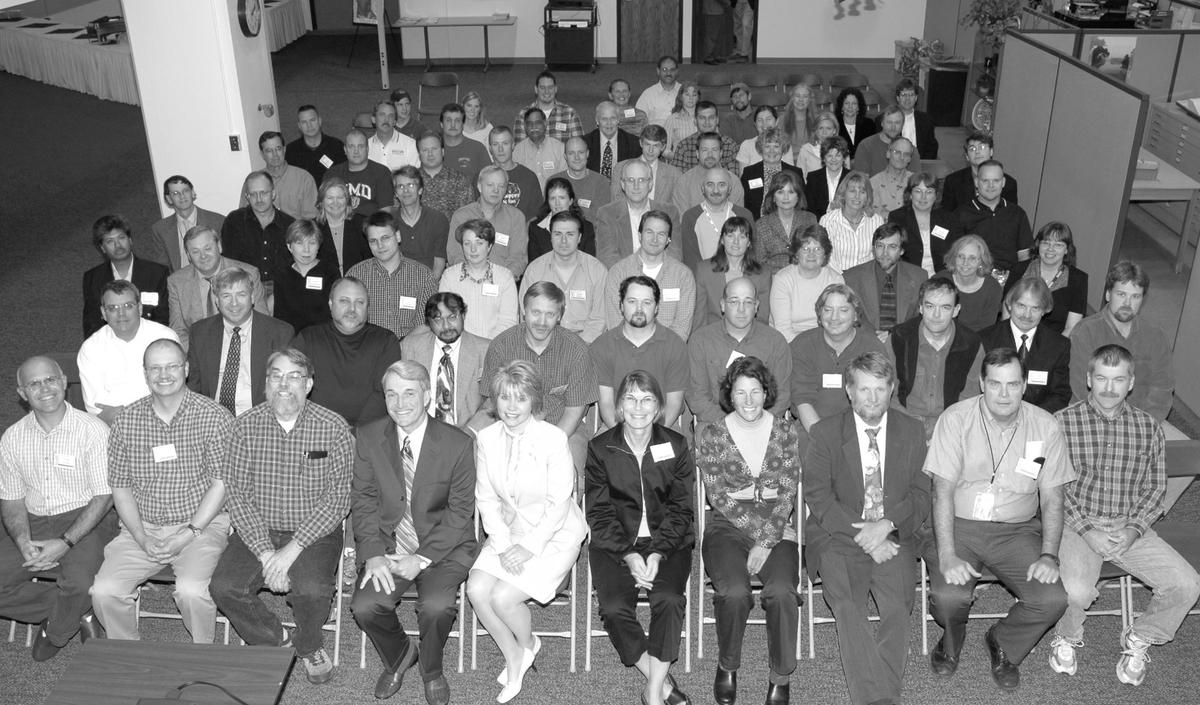It was 1983 and Minnesotans were reeling from a severe economic recession, with high unemployment and worsening inflation.
“Will the last person to leave Duluth, please turn out the light,” said a billboard seen from southbound I-35. Bleak times, indeed.
Today, as we enter 2023, the “R” word is again in the headlines. Financial analysts are anticipating a U.S. recession in the first half of the year, with a global economic slowdown.
The Natural Resources Research Institute was created for this moment.
NRRI was signed into legislation in 1983 to combat the economic downturn with applied research. Then, and today, the focus is on preparing for what’s ahead. NRRI’s strategic research initiatives reflect decades of stewardship of the natural resources we depend upon.

“NRRI was formed in a bi-partisan legislative effort to help the state’s resource decision-makers make science-based decisions,” said Rolf Weberg, NRRI Executive Director. “Then, as now, our goal is to provide the research and understanding to balance today’s needs with those of future generations.”
And over these past 40 years, NRRI has built on that legislative charge to meet today’s challenges.
Forty years ago, science communities didn’t understand just how dramatically everything would be impacted by climate change. Today, NRRI tools are anticipating natural resource responses to a warming climate that will help inform long-term decisions and reduce risk. And carbon mitigation and sequestration are woven into its multi-disciplinary research effort.
Forty years ago, making better building materials out of wood drove regional industries. Today, biomass resources come from many waste streams and are targeted for transformation into chemicals, degradable materials and carbon materials, like biochar.
Forty years ago, the Iron Range was ruled by taconite shipped out to the blast furnace steel industry. Today, NRRI research is focused on new processes to provide higher grade iron feedstock to the growing electric arc furnace market and supporting efforts to decarbonize the global industry
Forty years ago, NRRI was signed into legislation. As society and industry adapt to our changing ecosystems and environments, NRRI research is helping to guide the way, focused on the future.
Here’s a look back at research highlights through the decades >> LINK TO TIMELINE
[Photo above: NRRI staff gathered in 2005 before the start of an open house event to celebrate 20 years since NRRI began research efforts in its own facility.]
